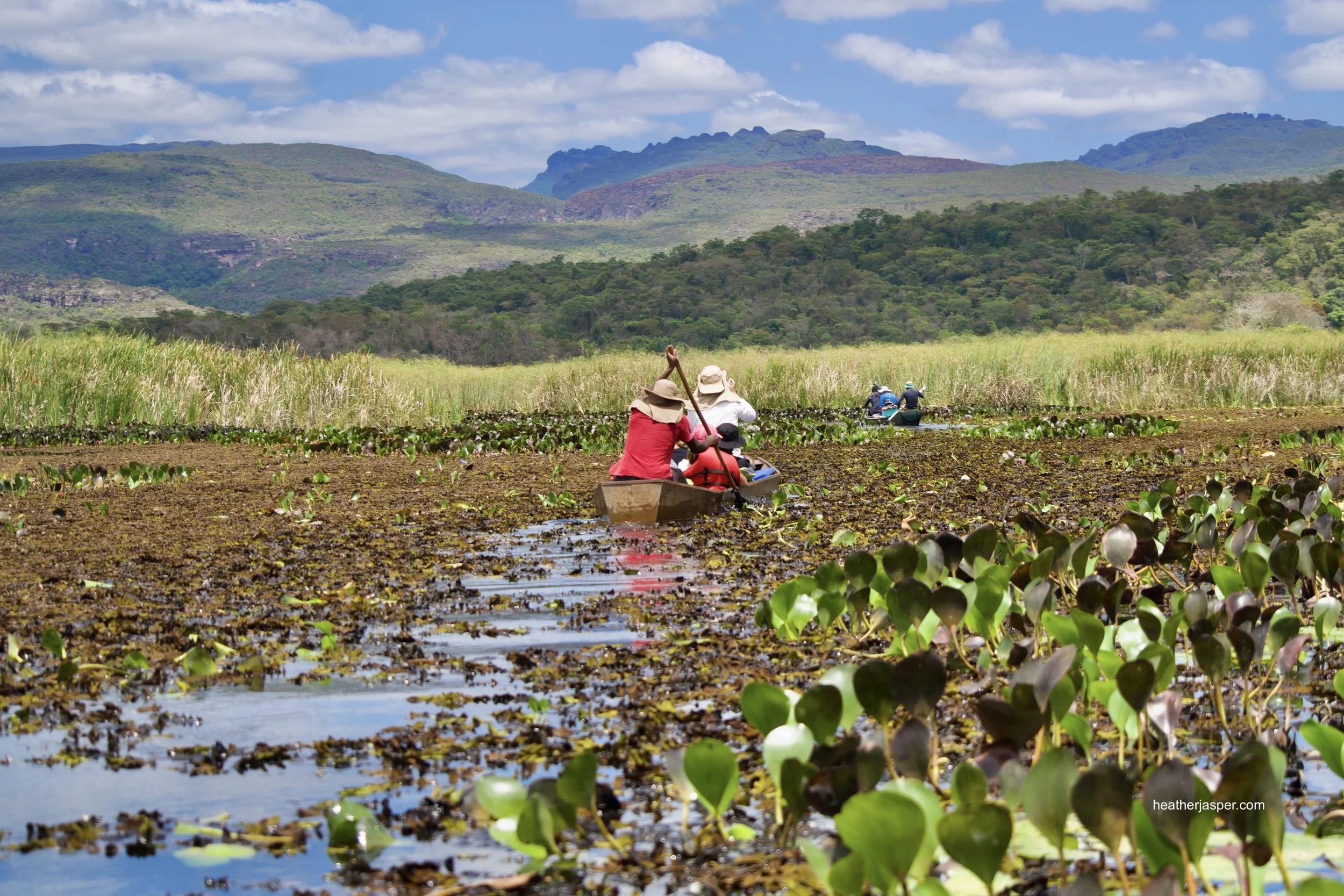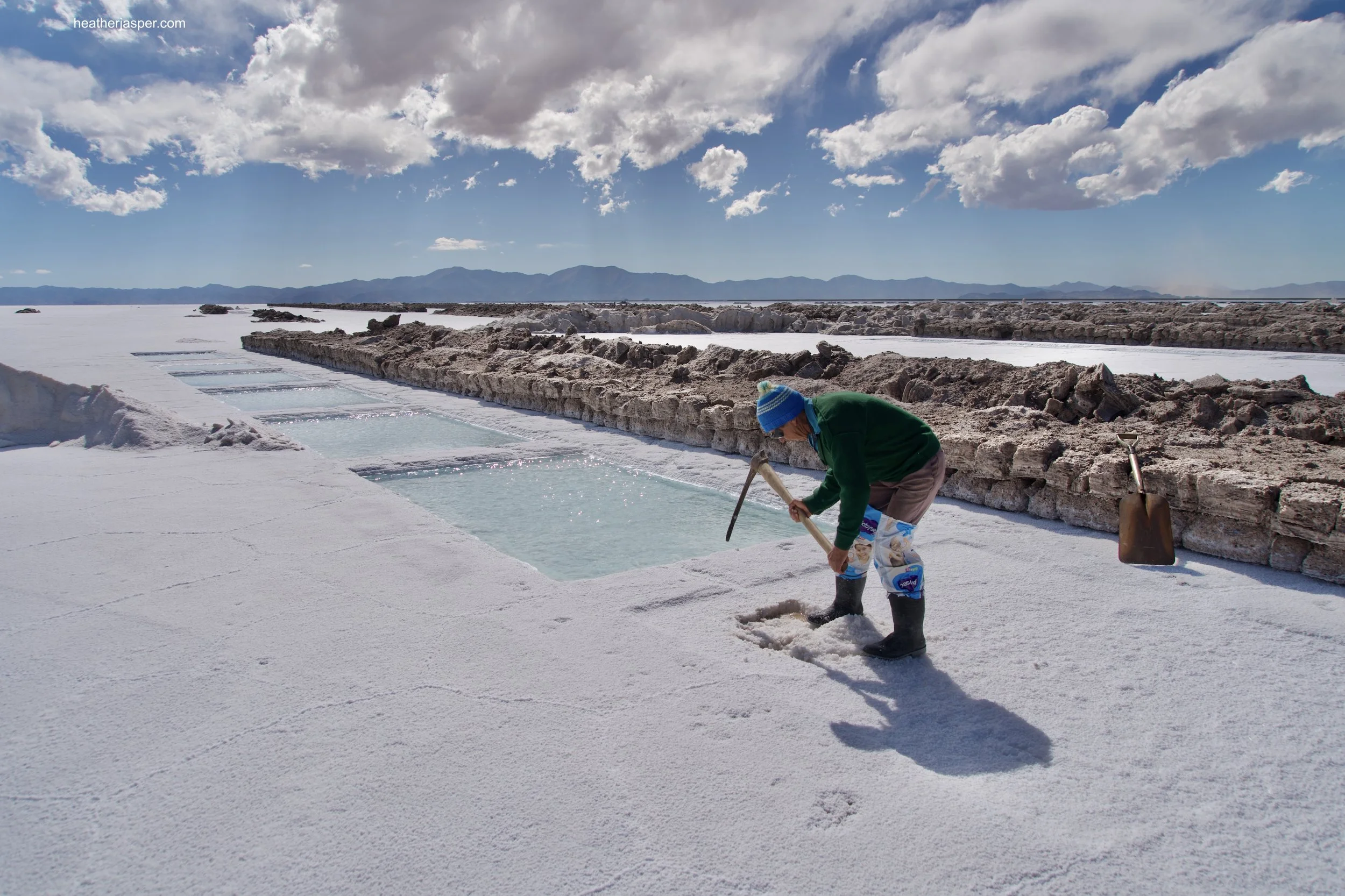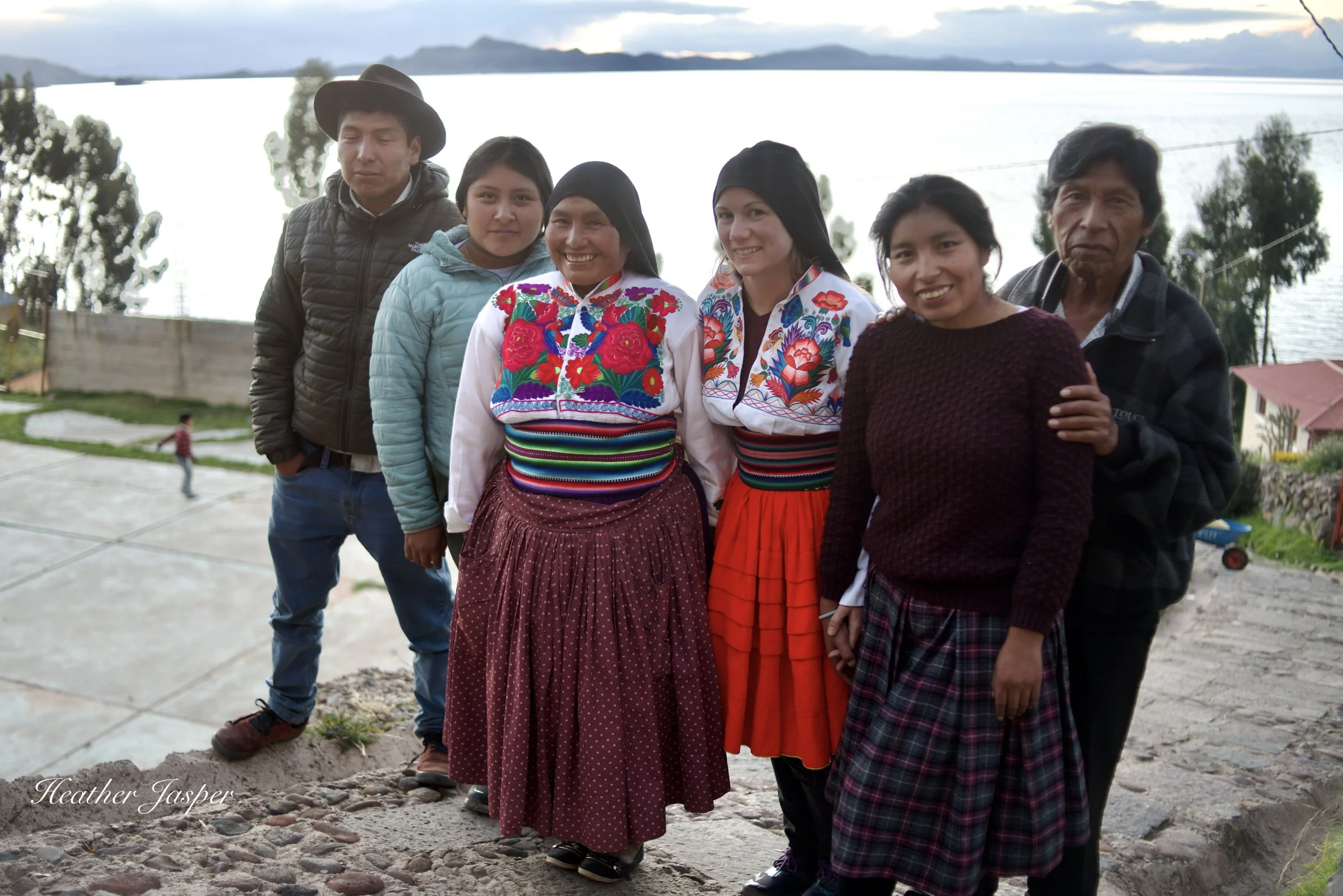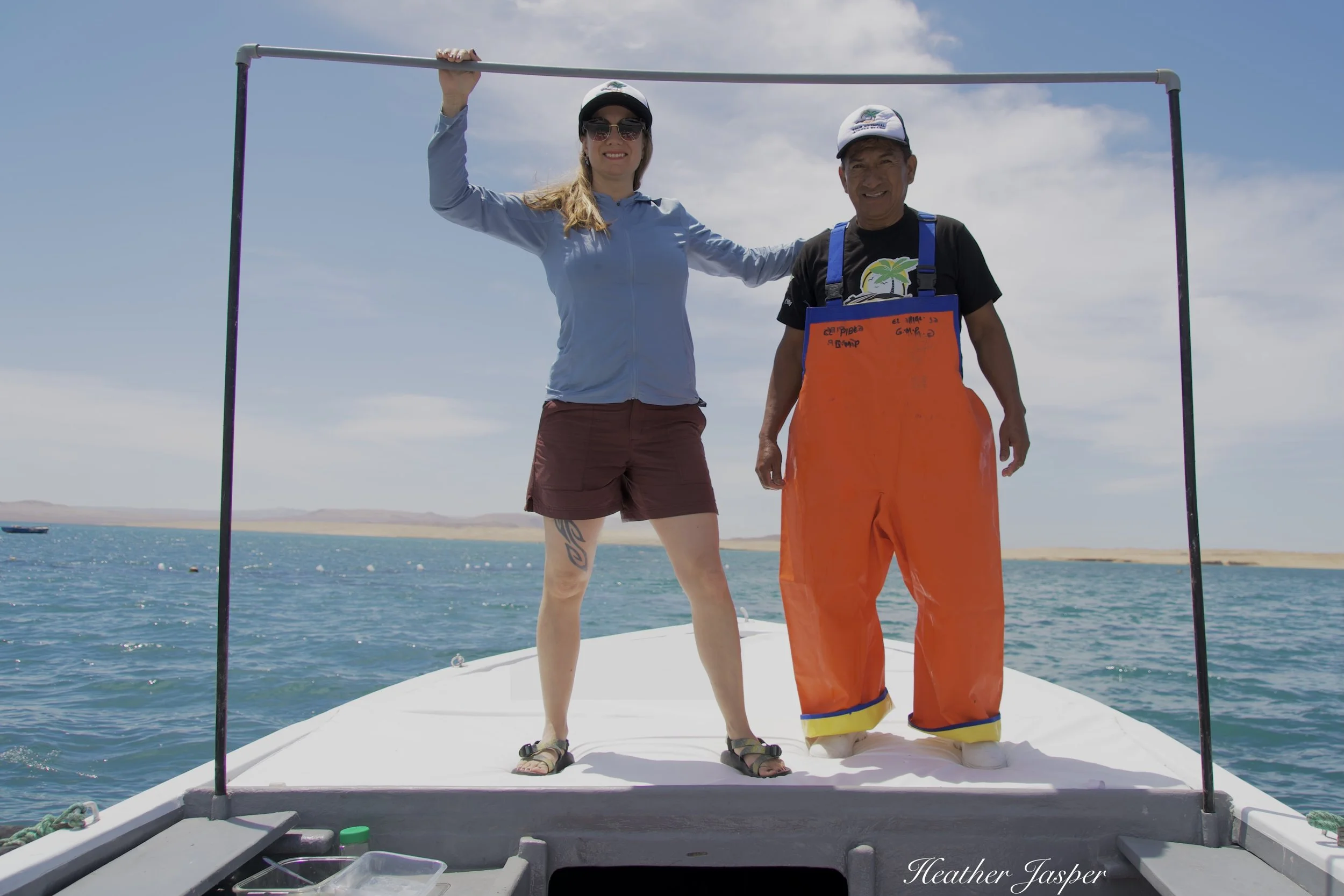Travel Tip 126
How to find community tourism
Anselma Calsin welcomed me to her home and insisted on dressing me up for her birthday party.
First, what is community tourism?
These are activities and places you can visit where everything is designed by the community and led by the community. What you do and the money you spend benefits the community. Community tourism centers the people and places you visit. It gives them the opportunity to share what they want tourists to know, rather than have to perform what a corporate company thinks tourists want to do. It’s also called community-based tourism, but I think that term is fading.
When I visited Chapada Diamantina in Brazil, community members took us to see the wildlife in their wetlands.
Why should you try community tourism?
When your experiences are led by the community you’re visiting, you’ll learn much more about their culture. You’ll get to taste what they eat, see their homes, learn about their holidays and celebrations, and sometimes you get to participate in the art they make, their music and how they dance. I can’t overstate how enriching it is to spend your vacation with a community in a foreign county, and how much better you’ll understand the place you’re visiting than if you stay at an international chain hotel and only go to “bucket list” spots in busses with other tourists.
Where is community tourism important?
Community tourism is especially important in rural and less developed areas where previously only outside companies brought tourists. That’s when most of the money that tourists spend goes to the company and benefits people in cities far away. It’s infinitely more sustainable if the community gets most of the income from your visit to their home. Without an outside company taking a cut of what you pay, the community has more money to invest in places for tourists to eat and stay.
In Salinas Grandes, Argentina, families who have harvested salt for hundreds of years partnered with Pristine Camps to bring tourists to see the salt flats.
What does a community need to do to benefit from tourism?
For a rural community to set themselves up to welcome tourists, they need to build hotels or add extra rooms to existing houses. Besides beds, those rooms probably need their own bathrooms and plumbing can be expensive. Also, community members need training in how to run a commercial kitchen and how to cook things that tourists want to eat, even if they’re cooking versions of their grandma’s recipes. When a family has income from housing or feeding tourists, they can invest in their children’s education and learning languages. Eventually, the guides who take you to the community can be from there, even if you don’t speak their language.
How to find community tourism?
This takes more sleuthing than finding a tour agency that will book you tours in several different places. However, if you do work with a tour agency, ask them what community-based options they offer. You don’t always have to book everything yourself for a community to benefit from your visit, but you do need to ask how the community benefits if you’re not paying them directly.
One of the best ways to find community-based tourism is to start learning about the place you want to visit. Look for the names of towns in the area you want to go and search for local companies, either on google maps or search for websites. Many communities don’t have the same access to technology as companies from big cities, so they have free social media profiles instead of expensive webpages. I’ve found lots of communities who host tourists on both Facebook and Instagram.
To find Anselma’s family, I just went to Amantaní Island and asked which families hosted tourists.
It’s worth taking the time to find the right community.
It takes time to sift through the big companies with the flashy websites, but it’s absolutely worth the effort to find the family-run B&B or the fishermen who let you join them for a day – like I did at Atenas Beach. Scroll down for my Atenas Beach blog!
There are also some great resources out there from sustainable travel creators and writers. One of my favorites is Shivya Nath, partly because she came to Cusco last year but also because she writes so much about sustainable travel. She published an article about community tourism that I highly recommend. Read Shivya’s article here!
Fodor’s 2026 Go List
Fodor’s put two of my entries on their list of the best places to go in 2026!
Ica, Peru
I loved Ica as a base for exploring the desert and coast around the city. The desert destinations you can easily visit from Ica are the enigmatic Nazca Lines and the Huacachina oasis. On the coast you can see the Paracas National Reserve and the Ballestas Islands, a wildlife reserve with seals, penguins and dozens of bird species like the Inca Tern, Guanay Cormorant and Peruvian Booby.
Ski Chile
If spring skiing in the northern hemisphere just makes you crave more snow, head to Chile in June and ski at some of South America’s best ski resorts. Click on the image above to see my favorites.
I had a fantastic day at Atenas Beach, eating fresh scallops and learning how they gather shellfish.
Blog
Community Tourism in Paracas
Paracas, near Ica, has one of my favorite community tourism projects at Atenas Beach. Local fishers invite tourists out on their boats to see how they dive for scallops, crabs and other shellfish. Paracas is a natural reserve, so protected from commercial fishing but the Indigenous families who have always lived there retain their personal fishing rights and the right to invite people to go fishing with them.







